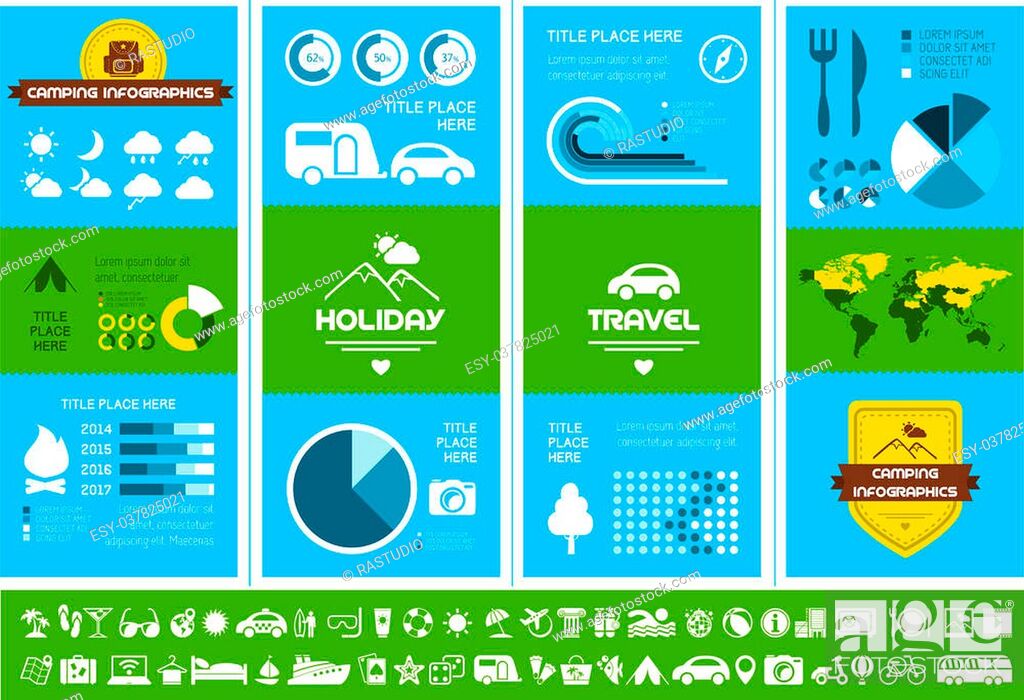Pursuing The Dream Marketing Your Venture By Selling Camping Tents
Pursuing The Dream Marketing Your Venture By Selling Camping Tents
Blog Article
How to Put Rainfall Cover on Tent
Maintaining your gear dry is essential in backpacking. Water will quickly saturate a pack, triggering your resting bag and various other items to splash.
What is minimum Trail weight for a tent?
Rain covers are an excellent way to maintain your knapsack, outdoor tents, and other equipment completely dry. They are easy to use and offer protection versus hefty rainfalls.
Tie the Camping Tent to the Tarp
A tarpaulin is a wonderful piece of outdoor camping equipment that helps maintain you completely dry. It can be used to secure your tent floor from points that might pierce it and additionally work as an obstacle in between you and the elements.
To obtain the most out of your tarp, it is necessary to use it appropriately. To do so, you will need to understand a couple of basic knots. These consist of the trucker's hitch and bowline knots. These are two of the most effective knots for rigging a tarpaulin sanctuary since they are both flexible.
When you have these knots down, you can start to rig up the ridgeline for your tarpaulin. To do this, locate 2 trees that go to opposite sides of the campsite. After that, tie completion of the ridgeline cord to one of the trees with a bowline knot.
Tie the Tarp to the Outdoor tents
A tarp is a good thing to have under your camping tent since it safeguards the tent floor from points that can pierce it along with maintaining rainwater or condensation from seeping into your tent and soaking your resting bag and gear. It additionally assists keep your camping tent cleaner.
It is best to utilize a tarpaulin especially designed to work with the design of your tent, a footprint tarpaulin. These are usually constructed from a stronger, extra water proof product and sized to match the footprint of your outdoor tents.
To arrangement your tarp, find 2 trees that are the right distance apart with essentially level ground in between them. Coil a rope up over a limb 12-15 feet high and stroll it around the tree snugly, at the very least two times, with a prussik knot. This will certainly secure the ridgeline to the tree and avoid it from blowing out in gusty weather. Make certain to put the knot at a reduced factor than the stitch line, and use heavy duty shock cable in between the knot and the person line to take in a few of the effect in gusty conditions.
Connect the Tent to the Ground
Rain in some cases seems like a death sentence for outdoor camping, yet it does not need to be. A solid tent plus a ground tarp can maintain you completely dry and comfy.
A great rainfly helps drop water off the tent, but if it isn't taut it will accumulate in one location and leak down into the tent. That's where the guy lines come in: They sankey park aid sustain the rainfly and create security in the tent.
Stakes are a great option for anchoring man lines, however not every setting appropriates for them. If the site is sandy or rocky, it will certainly be hard to drive stakes right into the ground. In these instances, heavy rocks or logs can be used to secure the person lines rather.
Keep in mind to deal with all the joints on your tent with some sort of sealer. Even if the joints don't appear leaking currently, wind can push rain sideways, and any type of dripping joints will eventually get worse.
Connect the Outdoor Tents to the Outdoor Tents Poles
If you have a pole camping tent, you should always bet it down when utilizing it. This will help to maintain the outdoor tents from blowing away in a wind storm.
Before erecting your camping tent, try to find level ground free of rocks and debris. Additionally make sure the area is free from low-hanging branches, which are called "widow makers."
When setting up a tent, it's important to comply with the supplier's guidelines meticulously. This will help you prevent making mistakes that could damage the outdoor tents or make it hard to use.
Additionally, be careful to deploy man lines correctly. We discovered in Part One that the length of a guyline (and its angle) alters exactly how forces are birthed by the stake and the dirt. This is particularly essential for peak guylines, which may be ideal released somewhat offset from the top of your camping tent. The exact same holds true for various other man factors, consisting of those along the sides of your camping tent.
